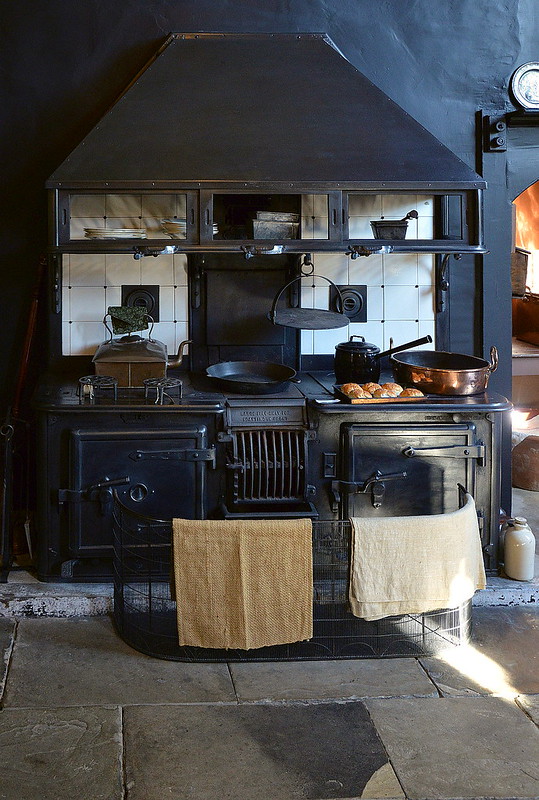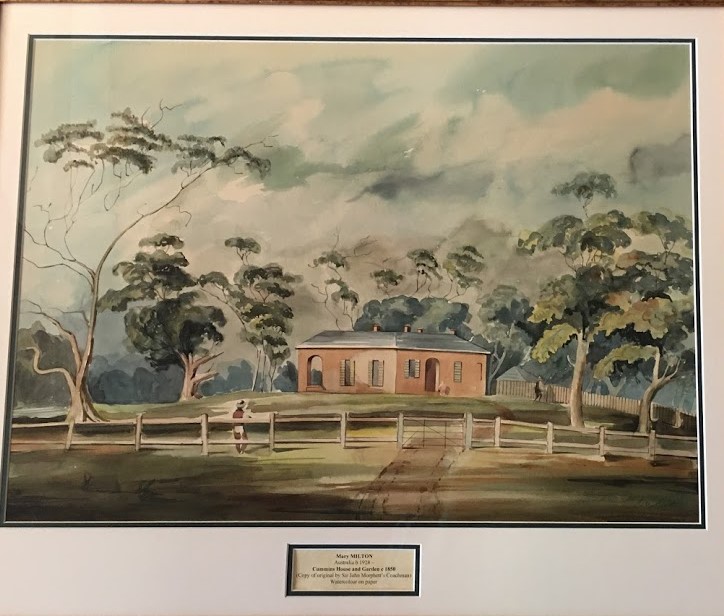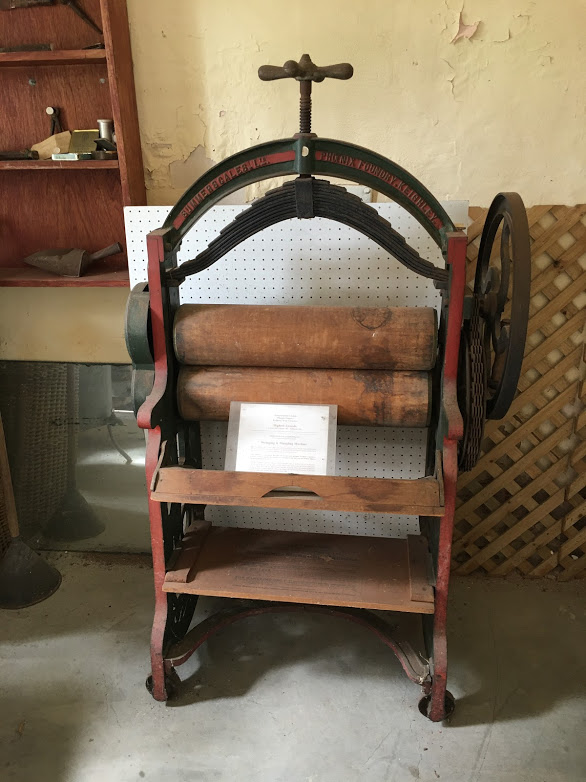
I love, love, love Victorian kitchens – and I don’t mean the state of Victoria, so troubled with Covid restrictions, but Queen Victoria and the era of huge basement kitchens, à la Downtown Abbey.
Deep within the British stately home or manor house of the nineteenth century, the kitchen was at the heart of the household, with its worn flagstone floor, the huge, refectory table on which meals were produced for vast invasions of family and friends, and an enormous cast iron stove that some tiny, hardly-done-by kitchen maid was always blackening. With what? I wonder. Vegemite? Shoe polish? Elbow grease? At least one large dresser is stacked with crockery: cups, saucers, plates, tureens and serving dishes galore. And there is always an extraordinary assortment of unfamiliar utensils that look like medieval torture instruments, so obscure that you cannot possibly guess what purpose they served.
I have found plenty of these wondrous kitchens in the country houses of the once-wealthy aristocracy and landed gentry of England, now maintained by the National Trust or English Heritage, to look as they would have done a hundred and fifty years ago, or more. Lately, I’ve been finding them in the homes of the South Australian pioneers, too. Homes like Ayers House or Martindale Hall, and recently, at Cummins House, a stone’s throw from the Old Gum Tree, where Governor Hindmarsh first proclaimed South Australia a British colony in 1836.
Today, Cummins House is an unexpectedly grand red brick house tucked quietly away among the cream brick bungalows of Novar Gardens, one of Adelaide’s western suburbs. Originally the home of John & Elizabeth Morphett, who had both arrived in South Australia in the early days of settlement, married in the freshly minted Holy Trinity Church on North Terrace, and built a small house on the banks of the Sturt River in 1842. Before he left the Mother Country, John Morphett had acquired 134 acres just north of Morphettville, the suburb – and the racecourse – that would eventually bear his name. Here, they began to build a family, in a house that would expand over time to contain eleven children. Morphett named it in honour of his mother’s family farm in Dorset, England, and the property would be handed down through four further generations of Morphetts, until it was sold to the state government in 1977.
In 1884 Cummins House underwent major renovations, including the addition of staff quarters and a new kitchen. Today, standing beside a large wooden table, we admire a ‘state of the art’ bean cutter, a selection of homemade candles and an innovative, pre-refrigeration butter cooler. I love cellars too, but sadly we were unable to access the three underground rooms that lurk beneath the house.
We are given plenty of facts, but some good family legends might have added an element of interest to our tour. The facts tell us that John Morphett arrived in Adelaide on board the Cygnet, on November 5th, 1836. From the deck, he observed with apprehension ‘the dry and scorched appearance of the plains.’ Yet later, he would write that ‘the climate surpasses France’ and ‘there are no creatures to fear.’

Four months earlier, Elizabeth Morphett, nee Fisher, had arrived with her family and Governor Hindmarsh on The Buffalo. She was twenty one years old and would marry John Morphett two years later. The Morphett family would rapidly become a firm fixture among the Adelaide Establishment.
Elizabeth Morphett’s father, James Hurtle Fisher, became the first Mayor of Adelaide in 1840, while her husband, John, took on the role of Treasurer. In 1857, John would also – inevitably – join the newly formed Legislative Council. Both Morphett and his father-in-law would eventually receive knighthoods for their efforts to establish the new colony. John and Elizabeth’s third daughter, Ada, would grow up to marry the oldest Ayers son, Henry, and hold court at ‘Dimora’ on East Terrace.
Both the Ayers and the Morphetts made their fortunes from the Burra mines, and on the back of this new wealth, Elizabeth was able to travel back to London with the children, while John supervised the extensions to Cummins House. Their golden wedding would be celebrated here, too, among their extensive family. Fifty years on from landing on those dry, scorched plains, life had become exceedingly comfortable for the wealthier inhabitants of South Australia.
Yet life for the servants in Victorian times could be tough. They were expected to work from six in the morning until ten o’clock at night, at the constant beck and call of bell-wielding employers. All this with only one afternoon off a week. No washing machines, no refrigerators, no dishwashers: every household chore required hard labour.

In the same vein, I accompanied a class of seven year olds around Ayers House yesterday, describing life as a working class child in the nineteenth century. We had great fun exploring their options to be nursery maids, chimney sweeps and tweenies (those young, in-between maids who got all the roughest work to do.) We discussed rising at dawn to light the fires and empty the chamber pots. We examined the ice chests and talked about bringing ice from northern Europe, until local supplies could be sourced. We visited the ‘withdrawing room,’ where the ladies retired after dinner to chat, sew, sing or play chess, while their menfolk smoked cigars and drank port at the dining table. We gasped at the chandelier with its 3,000 crystals that required hand washing at least once a year to make sure they sparkled for the annual ball at Ayers House. We talked of the ballroom and the fact that Sir Henry had the floor polished with milk to make it better for dancing; how he decked the garden in fairy lights, and stopped the clocks at midnight so no one went home till dawn. It was a joy to see the children quite rivetted by the facts and figures of ‘ancient history’ at their fingertips. Victorian Kitchens may look rather splendid, but I am suddenly immensely grateful for my modern home with electricity and every modern convenience and the hours and hours of elbow grease I do not need to expend on housework.
